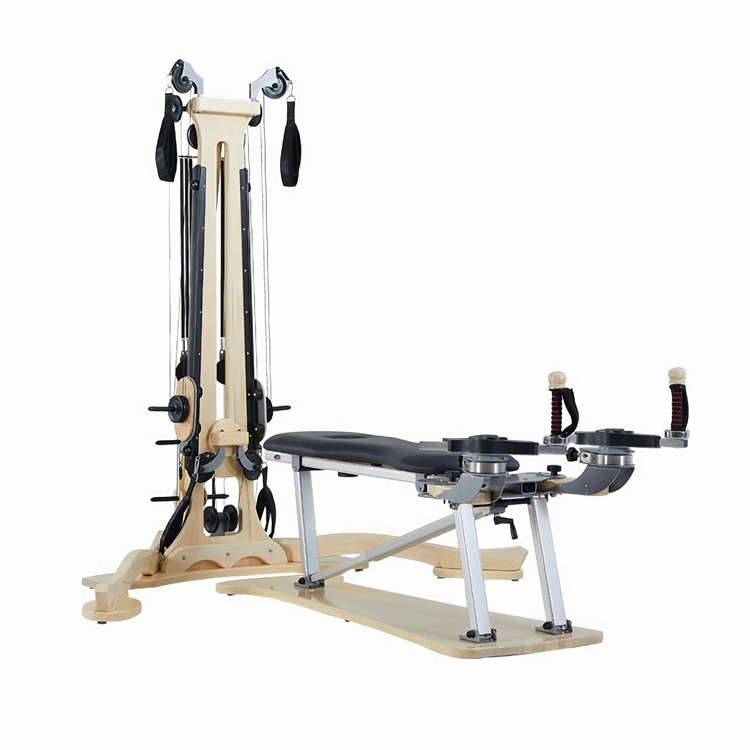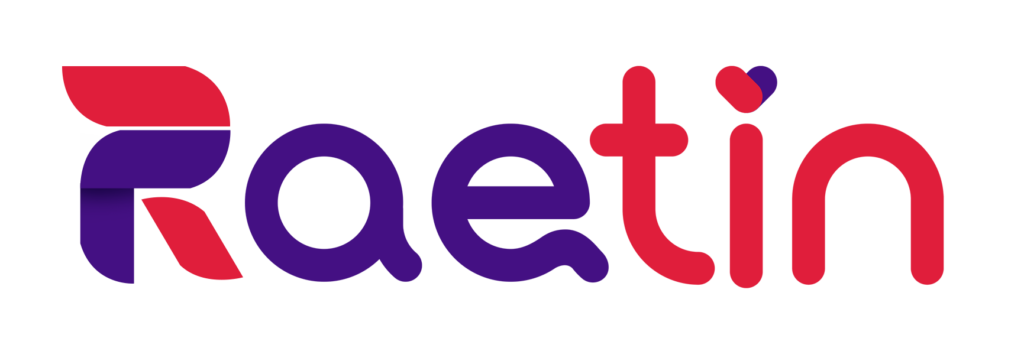Understanding Gyrotonic and Pilates: A Comprehensive Guide

Table of Contents
Introduction
In the realm of fitness and body conditioning, various methods have emerged to cater to diverse needs and preferences. Among these, Gyrotonic and Pilates have gained significant popularity. Both methods emphasize controlled movements and core strength, yet they differ in their approach and execution. This article delves into Gyrotonic Pilates, comparing it with Pilates Reformer, and explores the Gyrokinesis method, elucidating the distinctions between Gyrotonic and Gyrokinesis.
What is Gyrotonic Pilates?
Gyrotonic Pilates, often referred to simply as Gyrotonic, is a unique system of exercise that incorporates principles from yoga, dance, gymnastics, swimming, and tai chi. Created by Juliu Horvath, a former ballet dancer and gymnast, Gyrotonic emphasizes fluid, circular movements that are synchronized with breathing patterns. The system uses specialized equipment designed to support and guide the body through these movements, promoting strength, flexibility, and coordination.

Difference Between Pilates Reformer and Gyrotonic
While both Pilates Reformer and Gyrotonic focus on controlled, precise movements and core strength, they differ significantly in their methodologies and equipment.
1. Pilates Reformer
Pilates Reformer is a type of Pilates that uses a machine called the Reformer. This apparatus consists of a sliding carriage, adjustable springs for resistance, straps, and bars. The Reformer is versatile, allowing for a wide range of exercises that can be performed lying down, sitting, standing, or even upside down. The primary goal is to enhance strength, flexibility, balance, and alignment through controlled, isolated movements. Exercises on the Reformer often emphasize linear motion and stability, targeting specific muscle groups with precision.
2. Gyrotonic
In contrast, Gyrotonic exercises are performed on a piece of equipment known as the Pulley Tower. This apparatus features a weighted pulley system, rotational discs, and adjustable benches, facilitating three-dimensional, circular, and spiraling movements. The exercises focus on continuous, flowing motion, encouraging the body to move in multiple planes simultaneously. This approach helps to improve not only strength and flexibility but also joint mobility, coordination, and overall body awareness.

What is the Gyrokinesis Method?
Gyrokinesis is another component of the Gyrotonic Expansion System, also created by Juliu Horvath. Unlike Gyrotonic, which requires specialized equipment, Gyrokinesis is a mat-based method that can be performed on a stool or a yoga mat. It incorporates the same principles of circular and spiraling movements but emphasizes self-massage, rhythmic sequences, and breathwork.
Gyrokinesis sessions typically begin with gentle warm-up exercises to awaken the senses and prepare the body. This is followed by seated, standing, and lying down exercises that promote spinal mobility, core strength, and fluidity of movement. The method is designed to increase energy flow, enhance flexibility, and improve overall body functionality.
Difference Between Gyrotonic and Gyrokinesis
While Gyrotonic and Gyrokinesis share foundational principles, they differ primarily in their execution and equipment.

1. Equipment vs. No Equipment
Gyrotonic exercises are performed using the specialized Pulley Tower, which provides resistance and support for the movements. This equipment allows for a wider range of motion and more dynamic, three-dimensional exercises.
In contrast, Gyrokinesis is a mat-based method that requires no equipment. It relies solely on the body’s natural movements and gravity, making it more accessible for those who prefer or need a portable workout option.
2. Movement Dynamics
Gyrotonic exercises tend to be more intense due to the added resistance and support of the equipment. The Pulley Tower enables more complex, multi-dimensional movements, which can enhance strength and flexibility more quickly.
Gyrokinesis, on the other hand, focuses on more fluid and rhythmic sequences without the use of equipment. This method emphasizes breathwork and the continuous flow of energy, making it a more meditative and holistic approach to movement.
3. Accessibility and Versatility
Gyrokinesis is often seen as a more accessible and versatile option because it requires minimal space and no equipment. It can be practiced anywhere, making it ideal for individuals who travel frequently or have limited access to fitness studios.
Gyrotonic, while highly effective, requires access to the specialized Pulley Tower, which can be a limitation for some. However, the equipment allows for a more customized and supportive workout experience, particularly beneficial for those with specific fitness goals or rehabilitative needs.

Conclusion
Gyrotonic and Pilates, including the Pilates Reformer and Gyrokinesis methods, offer unique approaches to fitness and body conditioning.
Hey there partner !
How can we help you today?
Raetin’s Blog
Welcome to the Raetin
Your go-to destination for custom tips, newest design trends, and inspiration.



